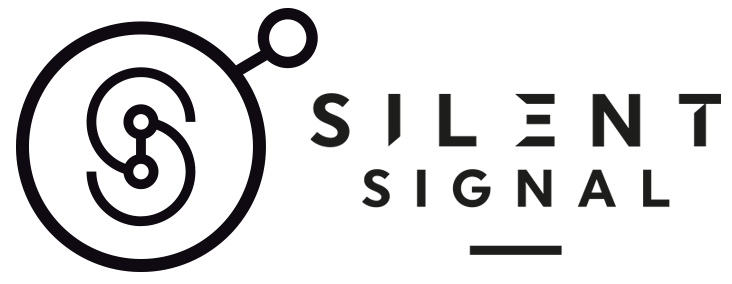We asked Dr Dufton about the process of collaborating with artists Genetic Moo on communicating inflammation in The Battle of Blister.
What inspired you to respond to the call out for this project? Have you had experience of working with artists on art & science projects previously?
My interest in art and science initially stems from drawing figures and images for scientific publications. I have become increasing interested in communicating scientific research through art to reach a wider audience. In Summer 2013 I was a scientific collaborator in conjunction with a textiles artist for Blood Lines at Green Man Festival in which festival-goers were encouraged to participate in the piece knitting blood vessels.
The really big draw of Silent Signal was the opportunity to meet with artists with wide ranging interests and techniques and exchange ideas about how to combine art and science.
Has working with an artist and explaining your research to them affected your approach to or perceptions of your practice in any way?
Absolutely, I believe that science is a hugely creative area in which to work but many boundaries of convention still remain; one of which is artistic presentation of research. Genetic Moo have had such incredible knowledge and perception it has added so many dimensions to how I view the theories and equipment that I use routinely in the lab.
The best example of this is the flow cytometer which we use routinely to analysis cells in the lab. We tag cells with fluorescent markers before they are run through the cytometer, passing through a laser beam in single file. A data point is gathered for each individual cell, represented as a single dot. Its location on the graph depends on the size, the structure within the cell and the binding of the fluorescent tag. As you run thousands of cells through you generate a graph which will show the overall distribution of your cells, for example in a mixed population one cell type might bind the fluorescent tag whereas another does not, therefore giving you two different clusters of dots on the graph according to their fluorescence.
Genetic Moo pointed out this cell by cell image was exactly how a computer image was built up pixel by pixel to generate a whole image. This link was such a clear parallel that had never occurred to me. They also noted that this technique could be incorporated into the piece, essentially having the participants not only view or interact with the animation but also become part of the ‘analysis’. Again I thought this was an incredibly perceptive idea highlighting your involvement in a unique biological process but also allowing you to become the ‘scientist’ enabling you to observe the outcome of that process.
How are you deciding as part of the collaborative process which area of research to focus on?
A common feature in my research is the process of inflammation. We had really wide ranging discussions from the fundamental processes of inflammation in disease to genetic regulation in determining the behaviour of a single cell. We naturally settled on developing an environment where different elements of the inflammatory process come together in an infected blister.
Could you tell us more about the specific elements of the science that will be covered in the project?
We are looking at the inflammatory response to infection in the context of a process that everyone is familiar with, a skin blister. The body responds to the formation of a blister by bringing in immune cells to fight and clear any infections or damaged tissue that is present. We are really interested in communicating a dynamic process in which bacterial invaders are targeted and cleared by immune cells. Importantly, we are also keen to incorporate some of the experimental and analytical techniques, particularly microscopy and flow cytometry, into the piece.
What were your expectations when you first started discussing your work with the artist? Have your expectations changed at all during the development process?
To begin with I was exciting by the prospect of being involved in a collaborative project that pulled together our expertise as well as being a learning experience finding out how each other works. It became immediately apparent that Genetic Moo and I shared some common themes in how we could link science with animation. Genetic Moo have fantastic perception and appetite for using increasing levels of scientific complexity to develop a number of potential projects. This has been a completely immersive process pushing me to come up with new ways to think about my research concepts and then communicating those theories and techniques. Together we have working closely to shaping the scientific information and the aesthetics into what we hope will be a fantastical journey through inflammation.
December 2013

